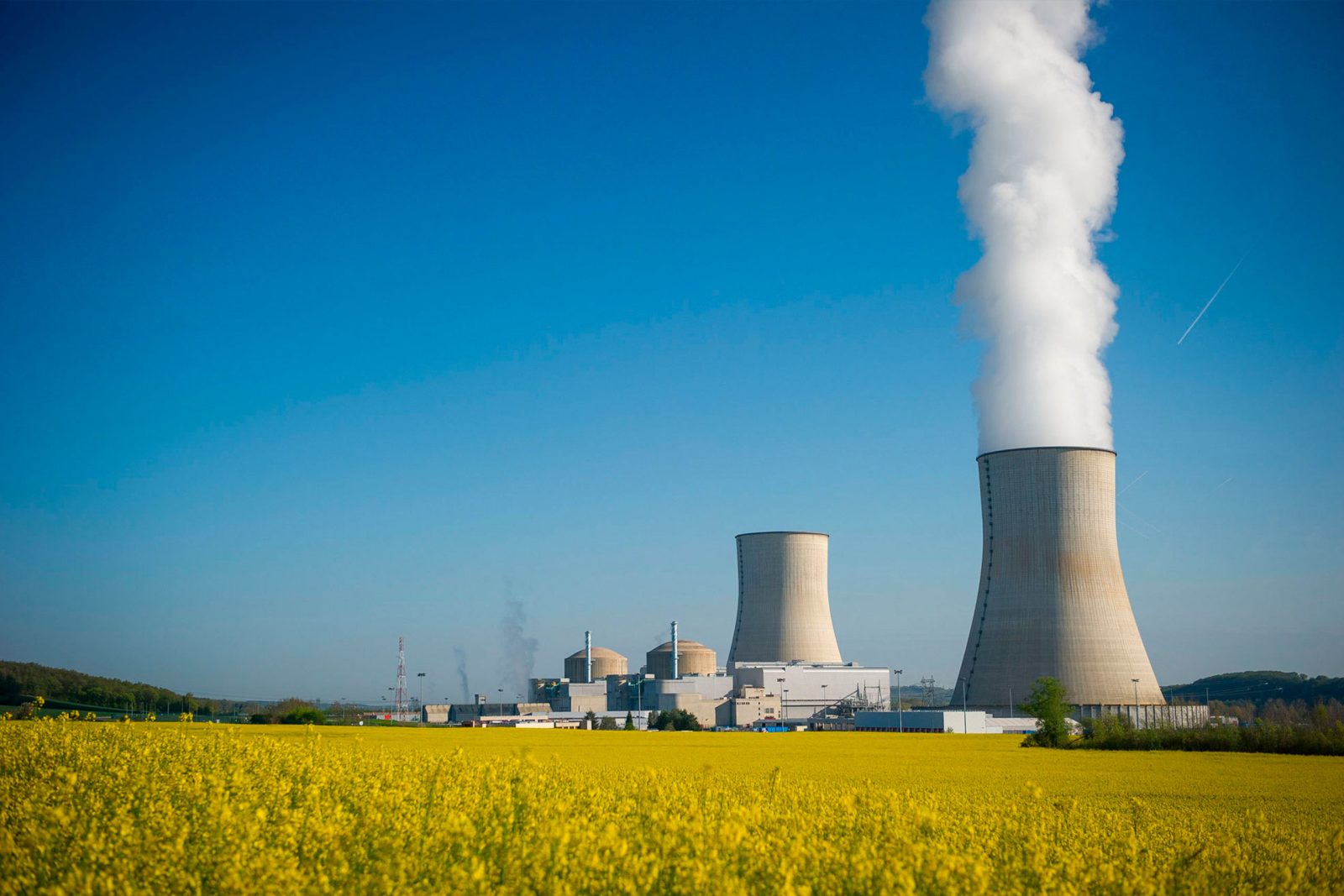Can nuclear succeed in regulated electricity markets?


Can nuclear succeed in regulated electricity markets?
Currently, there are 69 reactors being constructed, marking the highest number in 25 years. However, only one of these reactors exists within a market that operates with electricity liberalization. In recent times, financial difficulties led to the closure of two nuclear power plants in the United States operating in liberalized electricity markets. Several other nuclear plants in these markets face similar challenges, potentially leading to early retirements. Additionally, all new nuclear power projects in liberalized electricity markets in the United States are either on hold or have been canceled.
The electricity market in the United Kingdom also posed financial challenges for British Energy before its acquisition by EDF. The complexities of initiating a new nuclear power project within the UK electricity market are evident in the intricate Electricity Market Reform program and the controversial incentive package associated with Hinkley Point C.
This raises the question: Are liberalized electricity markets compatible with nuclear power?
The electricity industry consists of two competing models: the traditional model and the new model. In the traditional model, vertically integrated monopolies, subject to economic regulation or government ownership, meticulously plan and develop a diverse portfolio of generation units to minimize the long-term total cost of the electricity system. This approach provides long-term revenue certainty, supporting capital-intensive projects like nuclear power, which offer low-marginal-cost baseload electricity.
Conversely, in the new model, liberalized electricity markets operate through short-term spot market prices, aiming to minimize the short-term marginal cost of wholesale electricity. Generation assets are privatized, and generators compete by bidding into the short-term electricity market. Bids are accepted based on cost, starting with the lowest bids. The last accepted bid sets the system’s marginal price, known as the spot price. While this model relies on market price signals to drive generation investment, it has limited experience compared to the traditional model.
The traditional model, with a century of success, is prevalent in the construction of new nuclear power plants worldwide. In contrast, the new model has struggled to encourage new nuclear generation investment due to blurred and weak market price signals, exacerbated by price caps and subsidies to renewable generation.
Private investment in the new model typically focuses on low-capital-cost natural gas power plants, while nuclear projects face challenges in liberalized electricity markets.
Some nuclear power plants built under the traditional model now operate within liberalized electricity markets, but profitability varies, and no new nuclear plants have been constructed in these settings.
To address this, discussions in various U.S. states, including Illinois, New York, and Ohio, are exploring ways to prevent the premature retirement of threatened nuclear projects in liberalized electricity markets. Lessons from these discussions may offer insights into improving revenue certainty for nuclear plants.
Global developments also aim to enhance nuclear revenue certainty. Several liberalized markets have introduced capacity markets and other measures to provide generators with more predictable revenues. The Finnish Mankala rules present a potential business model for nuclear projects in liberalized markets. The UK EMR program and the Hinkley Point C deal demonstrate how long-term planning can be integrated into liberalized markets. Turkey’s Build-Own-Operate nuclear projects include power purchase agreements for revenue certainty. Japan is considering approaches to ensure the financial viability of nuclear plants post-electricity market reforms.
These approaches offer revenue certainty for nuclear power without reverting to industry re-regulation or changing market structures, maintaining flexibility in electricity markets.
Enhanced revenue certainty can compensate nuclear power plants for attributes not fully recognized or valued within liberalized markets. Nuclear power remains an essential source of reliable baseload capacity, making it crucial to find ways for nuclear energy to thrive in liberalized electricity markets—a challenge confronting both the electricity and nuclear power industries today.
Get back to Seikum News 🤓




